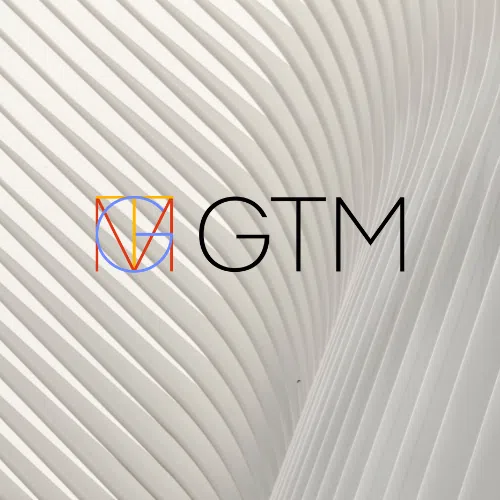The Research and Development (R&D) Tax Credit remains one of the best opportunities for businesses to substantially reduce their tax liability. For profit-making entities, these credits translate to a dollar-for-dollar reduction in federal income tax liability. Without technical knowledge and experience, however, it can be difficult for even large corporations to determine their eligibility for the credit or to estimate the size of expected benefits.
The good news is that what constitutes R&D in terms of the credit is more inclusive than most corporations realize, with activities related to science, engineering, and software development qualifying companies from all industries. In addition, getting started with the R&D Tax Credit process can be relatively easy for calendar year-end taxpayers if you begin by making the elections that need to be made on original, timely-filed, returns before the October 15 deadline.
Key Considerations for R&D Elections
R&D elections can be made without extensive analysis and filed as a protective measure. Once filed, the methods are protected, and you can calculate the actual credits retroactively.
There are three elections to consider:
Calculation Method
There are two methods for calculating the federal R&D credit; the regular credit and the Alternative Simplified Credit (ASC). The regular credit method involves calculating qualified research expenses (QREs) and comparing to gross receipts – sometimes as far back as from the mid-1980s – to determine a base amount. This can be difficult and time consuming for many companies. The ASC looks only at QREs from the current year and prior three years. If you’ve ever claimed the regular credit method in the past, in order to change to the ASC method the election must be on an original return.
The Section 280(C) Reduced Credit
Electing the section 280(C) reduced credit allows you to take a credit without adjusting deductions or capitalized costs associated with the R&D. In turn, this means that your taxable income for state tax purposes will not change. If you miss this election, you then must reduce your deductions or capitalized costs if you take an R&D credit which then changes taxable income for state purposes and can impact tax owing.
The Start-Up Payroll Tax Offset
If your company is a Qualified Small Business (QSB) – generally less than five years old and less than $5M in revenue in the current year – and you’d like to use your R&D credit to offset your payroll tax you must make that election on an original return.
Whether your company is looking to claim R&D tax credits for the first time, or you are interested in increasing your R&D tax credit savings, timing is more favorable than ever for corporate taxpayers to claim at the Federal, state, and international levels. For more information, contact me at jforman@gtmtax.com.




